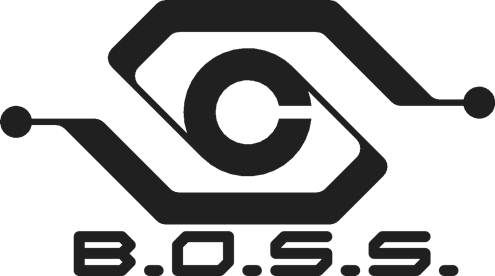Machine Supervisory Control
B.O.S.S.

BOSS is a SCADA system for orchestrating manufacturing process. where the software suite is able to adapt to the dynamic changes during the process. The main roles of the BOSS core are:

The BOSS core is the center of the SCADA architecture. We grouped the peripheral systems into three categories: Hardware, Computation, and Information. Modules in the hardware category is related to the low level control of the manufacturing cell. Such as PLCs, cell controller, and safety system. Computation category handles algorithms such as tasks scheduling and motion planning. Information category contains modules related to storing and retrieval of information, such as digital twin and work statement. For maintaining modularity for the peripheral system, each category has a dedicated translator. All connections toward the BOSS core are interfaced with one of the three translators.
Due to external factors such as dull drills, material thickness deviations etc. The processing time for each machine can deviate from the global schedule,
creating potential for collision due to schedule conflict. The main purpose of the supervisory controller is to avoid machine to machine collision while maintaining
efficiency during the manufacturing process.
The current generation assumes the baseline schedule is optimal, and forces the machines to synchronize on the baseline by halting the machine most ahead of the schedule and signal the slowest
working machine to skip to the task scheduled for the current timestamp.
We plan to upgrade the method to a supervisory MPC, where the supervisor forecast the machine's location using the current machine location and the baseline schedule with a finite time window, and append extended waiting time at the end of each task such the overall time delay is minimized without violating the minimum machine to machine distance. In addition, if the delay is causing a significant workload imbalance, the supervisor will send the remaining task to the scheduler and initiate a reschedule.

